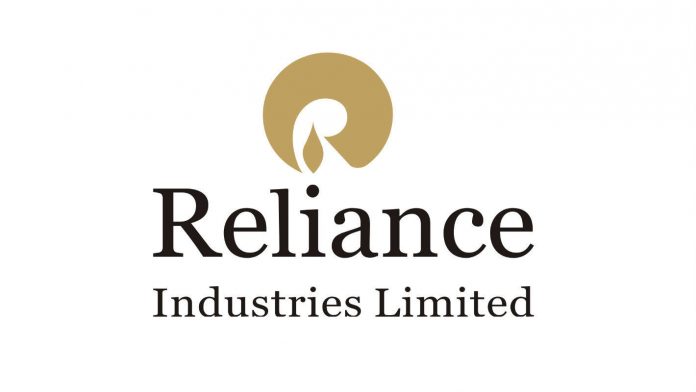ET Intelligence Group: Reliance Industries (RIL) has so far been an innovator in reaching the traditional financial milestone. With investment themes now gaining a clear green accent globally, India’s most valuable company could use its latest raft of blockbuster sustainability initiatives to establish another benchmark as the recipient of the ESG Fund.
In addition to anchoring the long-term growth of heritage businesses, RIL’s capital allocation for renewable assets and decarbonization should lift P/E (value for income) factors in lockstep with the ESG score, which is expected to reduce the $10 billion (₹75.0 crores) of pledged green investment. Increased capital flow to solar modules, advanced energy storage facilities, electrolysis, and fuel cells should significantly increase RIL’s ESG score, which is a standard numerical measure of a company’s achievements on the test of stability and social impact.
RIL is currently trading at 22.6 times a year forward P/E, a premium of 62% from the long-term average.
More green energy in its portfolio will bring RIL’s stock to the attention of global ESG funds. In addition, such investments in green initiatives could also help ensure a major presence for RIL on the nifty 100 ESG index and Nifty 100 enhanced ESG index.
Goldman Sachs said green CAPEX for overall energy CAPEX ratio is an important metric on stability in global oil majors, and RIL investments proposed for the next three years are the largest by this measure. Expanding the energy portfolio towards renewable energy will provide the next phase of growth, thereby benefiting RIL beyond the cyclical upside by reopening it globally.
RIL’s green manufacturing plans should be promoted from April 2022 with incentives under the proposed import duty on solar photovoltaic cells and production-related schemes for energy storage. To achieve the goal of enabling 100 GW of solar power to be produced by 2030, it will need to build about 10-15 GW of module manufacturing capacity annually.
The proposed investment of Rs 75,000 crore potentially adds about Rs 100 per share to RIL’s total parts valuation. Furthermore, incremental capital expenditure will not change the leverage structure as the CAPEX intensity of green energy is lower than that of the traditional hydrocarbon business. Furthermore, incremental CAPEX can be funded from internal earnings as consumer businesses in RIL have already turned free cash flows positive.
Follow and connect with us on Facebook, LinkedIn & Twitter

